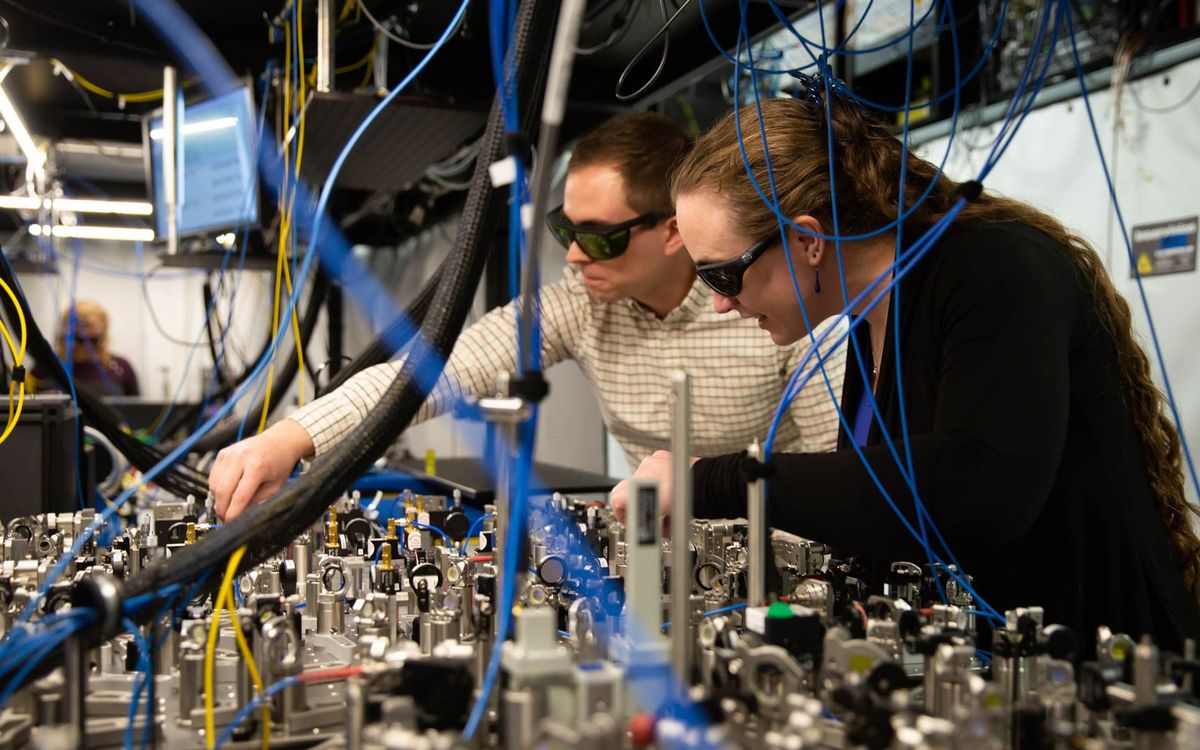Last week, Danger Room reported that DARPA's cyber-insect race has yielded a tangible result: a live beetle that can be steered remotely.
And there's video:
Sharon Weinberger at Danger Room reports:
Berkeley scientists appear to have demonstrated an impressive degree of control over their insect’s flight; they report being able to use an implant for neural stimulation of the beetle’s brain to start, stop, and control the insect in flight. They could even command turns by stimulating the basalar muscles.
Spectrum reported on the topic back in February, when DARPA-funded researchers presented a cyborg moth outfitted with a brand new radio at the normally bone-dry International Solid State Circuits Conference.
DARPA is funding all kinds of work that will result in cybernetic insects, or hybrids of biological and electronic bugs, whose implanted electronic controls make them respond to remote control. The defense community is interested in this new toy because it wants the animal-machine hybrids to transmit data from mounted sensors, like video and audio surveillance or gas sensors.
The main part of the research is growing living pupae around MEMS electronics. That way, once the moth or beetle grows up, it can be remote controlled by sending impulses to the implanted electronics. You can see in this video that applying voltages causes the insect to feel the need to turn left, turn right, stop and start flying.
To achieve that goal, HI-MEMS research is split along three separate tracks: growing MEMS-insect hybrids, developing steering electronics for the insects, and finding ways to harvest energy from the them to power the cybernetics. Moths and beetles have been grown with implanted electronics, and both have been shown in flight, but none have yet been demonstrated that can have a long lived energy source.
Last year, the New Scientist got some video of the cyborg moth, a precursor to the cyborg beetle (still attached to a tether as opposed to the free range cyber-beetle). As Sandrine Ceurstemont reports, "combining living and machine components could eventually make robotic systems more effective."
How nice for them. I think everyone needs to take a deep breath and read this.
Sally Adee, formerly an associate editor at IEEE Spectrum, is now a technology features editor at New Scientist, in London. She says it was an honor to write her last feature for Spectrum about the European Space Agency’s Loredana Bessone, a woman she considers a role model. “One day, I’m going to hit her up at ESA to start training me as an astronaut,” she says with a wink. “Right after I get sick of playing roller derby in London.”


